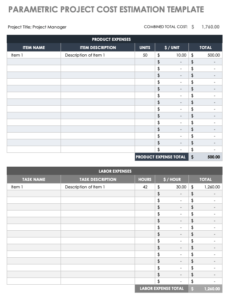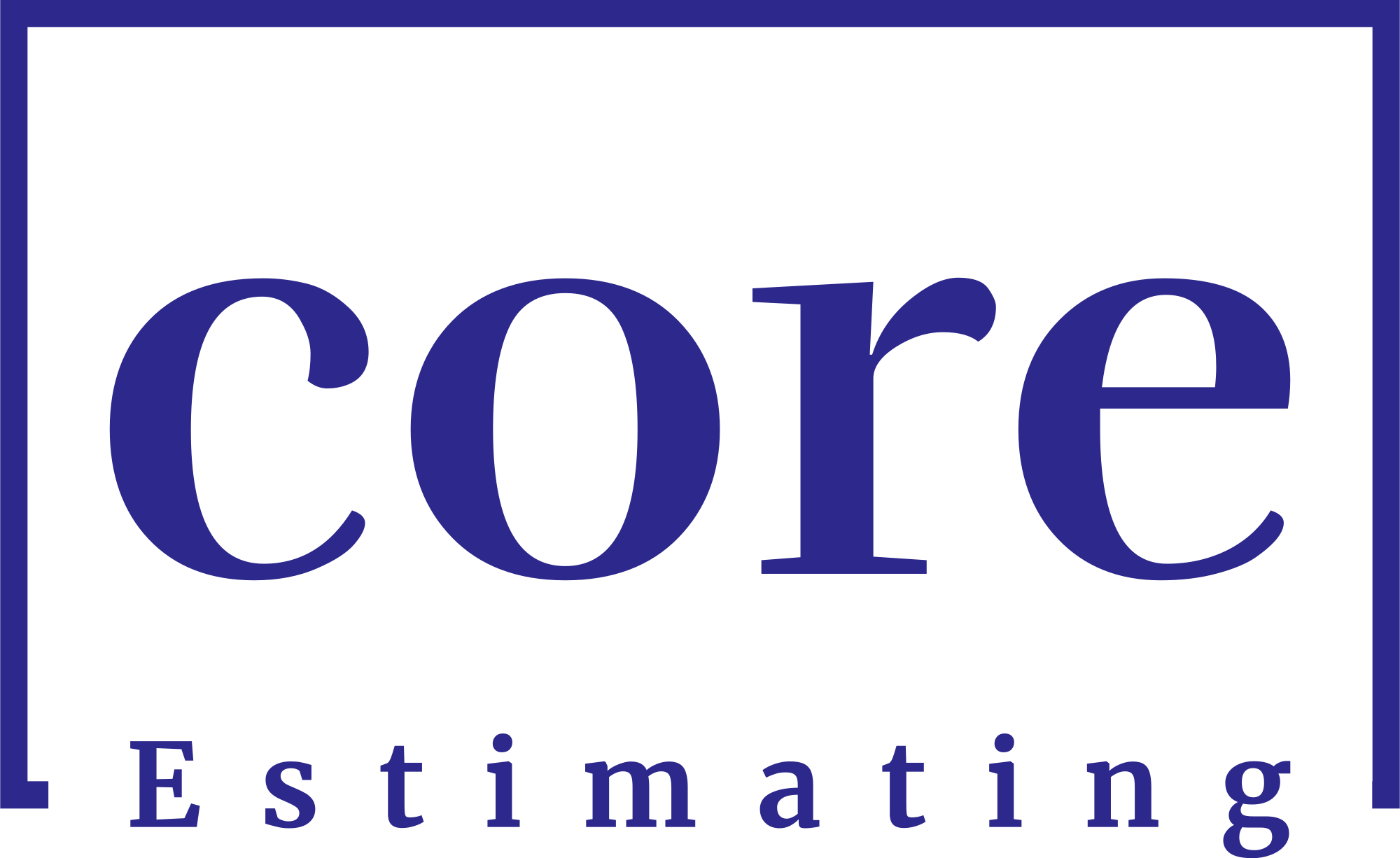In the world of business, cost estimation plays a crucial role in financial planning, budgeting, and decision-making processes. It is the process of approximating the expenses involved in various projects, products, or services. Accurate cost estimation is vital for organizations to remain competitive, avoid financial pitfalls, and achieve their financial goals. This article delves into the significance of cost estimation, various methods used, and its impact on business growth.
If you’re in need of construction estimate services, simply go to homepage or follow the links below:
| Services | Links |
|---|---|
| Detailing Services | Link |
| Building Information Modeling | Link |
| General Contractor | Link |
| Subcontractors | Link |
| MEP | Link |
Understanding Cost Estimation
1 What is Cost Estimation?
Cost estimation is the process of approximating the financial resources required to complete a project or produce goods/services. It involves identifying and calculating all the relevant costs, including direct costs (materials, labor) and indirect costs (overheads, administrative expenses). By conducting a thorough cost estimation, businesses can forecast the financial implications of their projects, avoid cost overruns, and optimize resource allocation.
2 The Importance of Cost Estimation in Business
Cost estimation is critical for several reasons. Firstly, it aids in budgeting and financial planning, allowing companies to allocate resources efficiently. Secondly, accurate cost estimation provides a basis for setting competitive prices in the market. Moreover, it helps in evaluating the feasibility of a project and its potential profitability. Without proper cost estimation, businesses risk financial instability and potential failure.

3 Factors Affecting Cost Estimation
Several factors influence cost estimation, including market conditions, labor availability, technological advancements, and economic trends. Additionally, the complexity of the project, scope changes, and unexpected risks can impact cost estimates. Understanding and accounting for these variables are essential for precise cost estimation.
Types of Cost Estimation Methods
1 Analogous Estimating
Analogous estimating relies on historical data from past projects with similar characteristics to estimate costs. It is a quick and straightforward method, ideal for early-stage estimations when detailed information is limited.
2 Parametric Estimating
Parametric estimating uses mathematical models to calculate costs based on specific variables, such as cost per square foot or cost per unit. This method is efficient and accurate when data is available and reliable.
3 Bottom-Up Estimating
Bottom-up estimating involves breaking down a project into smaller tasks and estimating the costs for each component. The individual estimates are then aggregated to derive the total project cost. This method is detailed and precise but can be time-consuming.
4 Three-Point Estimating
Three-point estimating uses three estimates: optimistic, pessimistic, and most likely. By applying a weighted average, this method balances the potential risks and uncertainties associated with a project.
5 Vendor Bid Analysis
Vendor bid analysis involves requesting cost estimates from external suppliers and vendors. Businesses can use these bids to evaluate the most cost-effective options and negotiate better terms.
Step-by-Step Guide to Cost Estimation
1 Define the Project Scope
Before estimating costs, it’s essential to have a clear understanding of the project’s scope. Define the project’s objectives, deliverables, and timeline.
2 Collect Data and Historical Records
Gather data from past similar projects, industry benchmarks, and historical cost records. This data serves as the foundation for accurate estimation.
3 Select the Suitable Estimation Method
Choose the most appropriate cost estimation method based on the project’s complexity, available data, and time constraints.
4 Create a Work Breakdown Structure (WBS)
Break down the project into smaller, manageable tasks and create a Work Breakdown Structure (WBS) to organize the estimation process.
5 Calculate the Estimated Costs
Apply the chosen estimation method to each task in the WBS and calculate the estimated costs for each element.
6 Account for Contingencies
Include contingency reserves to account for uncertainties and risks that may arise during project execution.
The Role of Technology in Cost Estimation
1 Software and Tools for Cost Estimation
Modern businesses utilize specialized software and tools that leverage historical data and algorithms to streamline and enhance the accuracy of cost estimation.
2 The Advantages of Technology in Accuracy and Efficiency
Technology enables businesses to perform complex calculations quickly and accurately. It also allows for real-time adjustments and scenario analysis, empowering better decision-making.
Challenges in Cost Estimation
1 Dealing with Uncertainty
The future is uncertain, and unexpected events can impact cost estimates. Businesses need to employ risk management strategies to mitigate potential risks.
2 Overcoming Scope Creep
Scope creep occurs when the project’s scope expands beyond the initial plan, leading to additional costs. Effective project management and change control are essential to manage scope creep.
3 Handling Project Complexity
Complex projects involve numerous variables that can be challenging to estimate accurately. It is crucial to break down complex projects into manageable elements for estimation.
4 Balancing Cost and Quality
In cost estimation, striking a balance between cost and quality is vital. Cutting costs excessively can compromise the quality of the final deliverable.
Benefits of Accurate Cost Estimation
1 Informed Decision Making
Accurate cost estimation provides valuable insights for decision-making, enabling businesses to make well-informed choices about project viability and resource allocation.
2 Budget Allocation and Resource Management
Effective cost estimation facilitates efficient budget allocation and resource management, ensuring that projects stay on track and within financial limits.
3 Cost Control and Profitability
By understanding the true costs of projects, businesses can implement effective cost control measures, ultimately enhancing profitability.
4 Competitive Advantage
Accurate cost estimation allows businesses to offer competitive pricing, which can give them an advantage in the market.
Conclusion
Cost estimation is a fundamental aspect of business operations. It enables companies to anticipate expenses, make informed decisions, and allocate resources optimally. By utilizing various estimation methods, incorporating historical data, and leveraging technological advancements, businesses can achieve accurate and reliable cost estimates. Embracing the challenges and benefits of cost estimation can lead to enhanced financial stability, successful project outcomes, and a competitive edge in the market.
FAQs
Why is cost estimation essential in business?
Cost estimation is essential in business for financial planning, budgeting, and decision-making, helping companies avoid financial pitfalls and achieve their goals.
What are the different types of cost estimation methods?
Some common cost estimation methods include analogous estimating, parametric estimating, bottom-up estimating, three-point estimating, and vendor bid analysis.
How can technology aid in cost estimation?
Technology offers specialized software and tools that streamline the cost estimation process, increasing accuracy and efficiency.
What are the main challenges in cost estimation?
Challenges in cost estimation include dealing with uncertainty, overcoming scope creep, handling project complexity, and balancing cost and quality.
What are the benefits of accurate cost estimation?
Accurate cost estimation leads to informed decision-making, efficient resource management, cost control, and a competitive advantage in the market.






